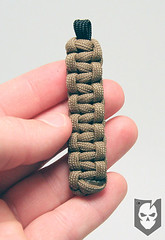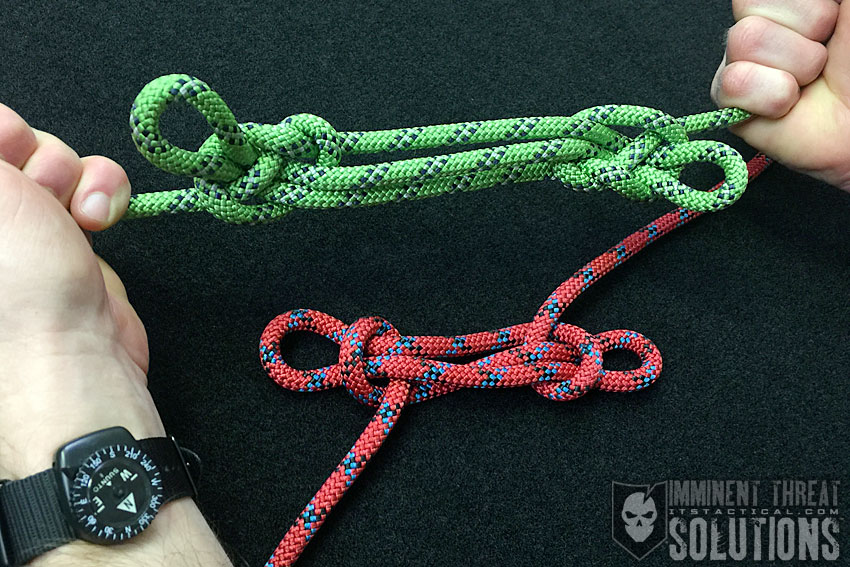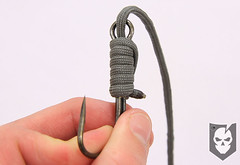Lash on an Angle with Diagonal Lashings
Today we continue our KOTW Lashing series with the Diagonal Lashing.
The Diagonal Lashing is “diagonal” because it’s used to bind poles that cross each other at a 45 ° to 90 ° angle. Binding poles together in this way will prevent racking and add stability, thus preventing them from moving apart.
A Diagonal Lashing can replace a Square Lashing (which is stronger), but not vice-versa.
Diagonal Lashing » Lashings
(Strength: 4/Secure: 4/Stability: 3/Difficulty: 3)
Please refer to our Knot of the Week introduction post for a description of what these ratings mean.
Uses:
- Binding poles that cross each other at 45 ° to 90 ° angles
- Creating cross-braces on a structure
Tying Instructions:
- Start your Diagonal Lashing with a Timber Hitch on your bottom-most pole.
- A Timber Hitch is simply a turn around the post and wrapping the working end a few times around the standing end (see photos).
- Tighten the Timber Hitch on the bottom-most pole and wrap the working end over the crossing pole.
- Wrap three times from both directions (right angles) to create an “x” shaped pattern.
- Make three frapping turns in the space between the two posts.
- Finish the Diagonal Lashing off with a Clove Hitch and cut/tuck in the excess cordage.
[flickrset id=”72157624572085340″ thumbnail=”square” overlay=”true” size=”medium”]











Discussion